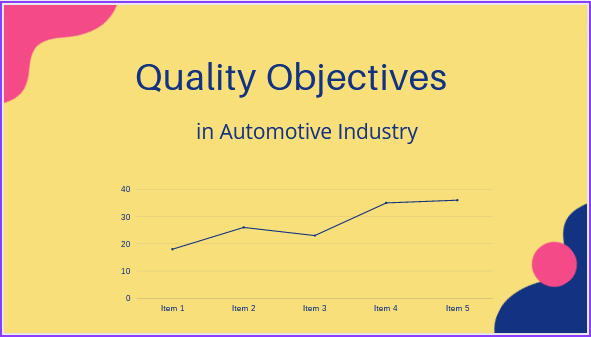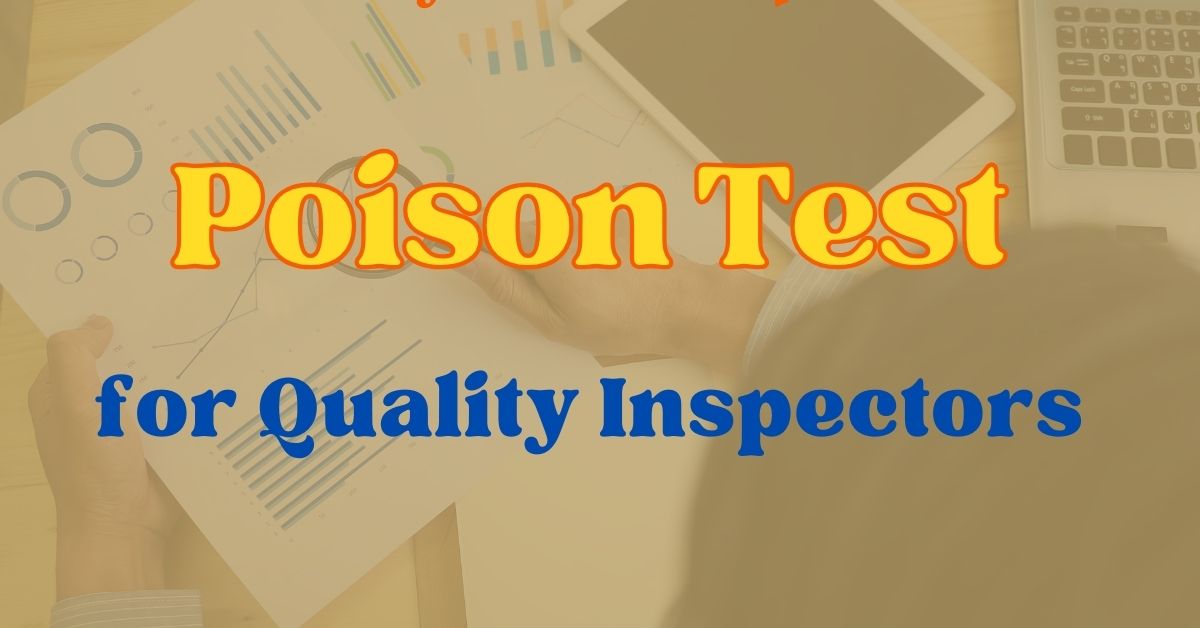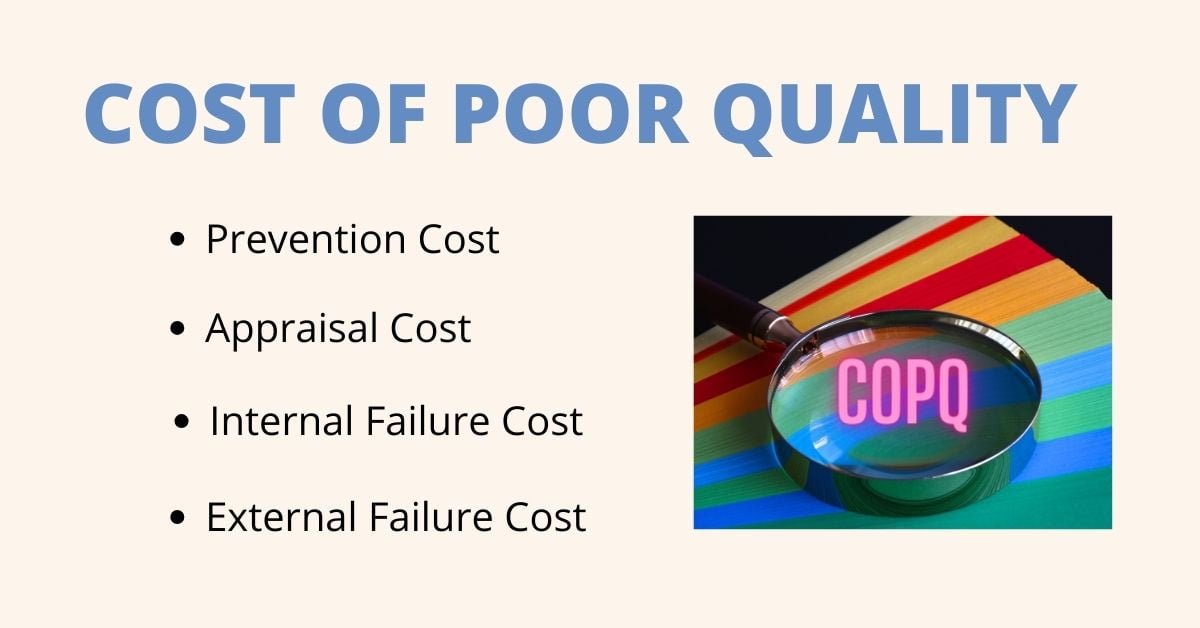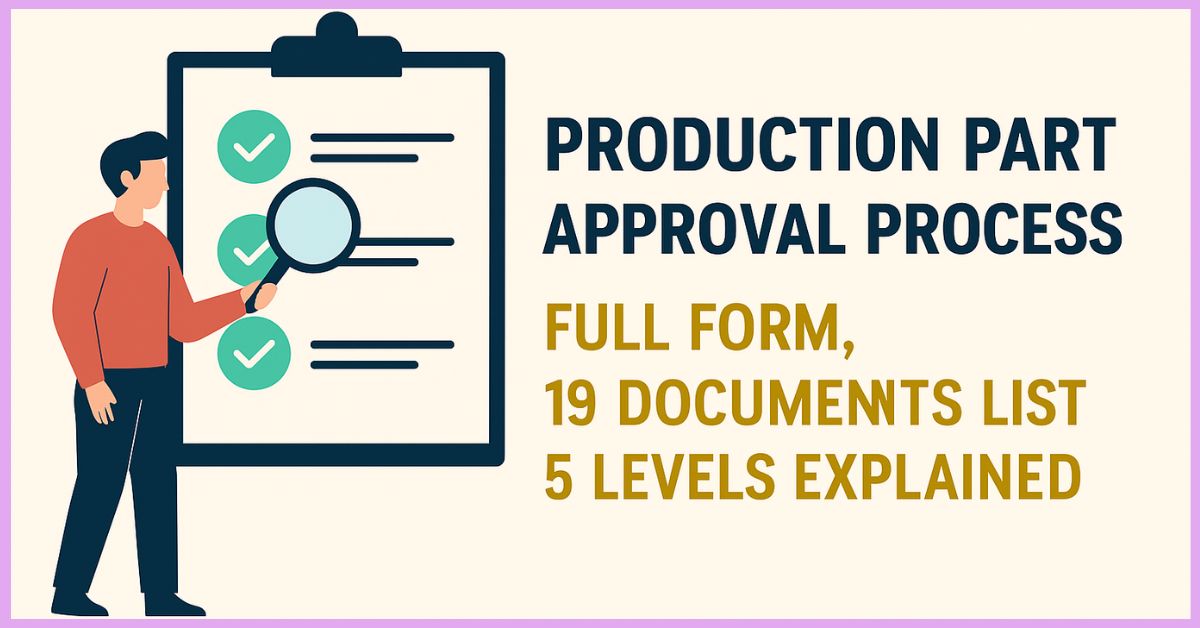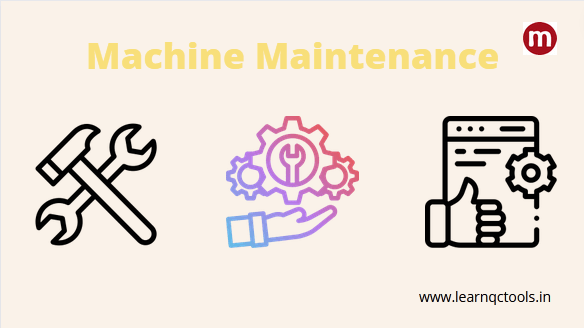Quality Objectives in the manufacturing industry
Quality Objectives (KPI): Quality objectives are the SMART goals for enhancing customer satisfaction and are relevant to the company’s quality policy. Quality objectives are defined when establishing the quality management system or during management review. It is also called a KPI (Key Performance Indicator). Each department should define its KPI. List of the Quality Objectives … Read more

